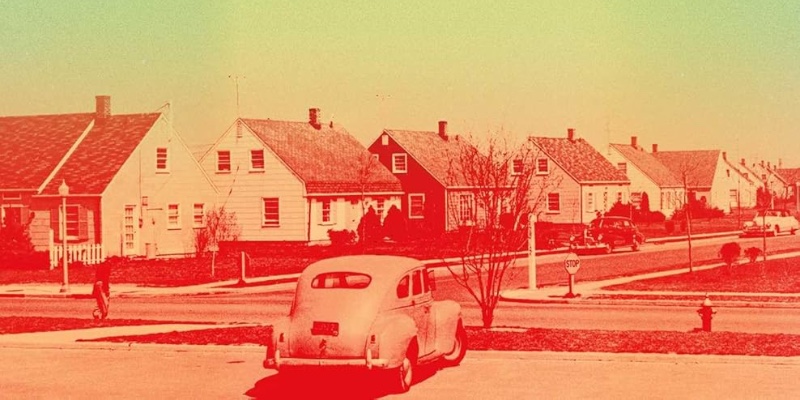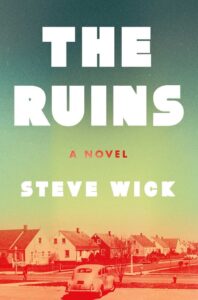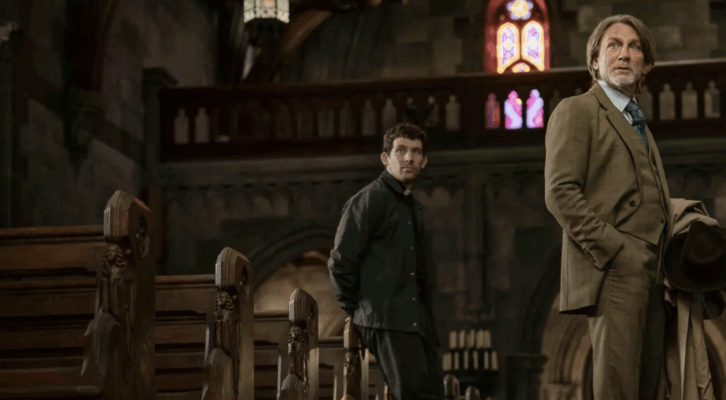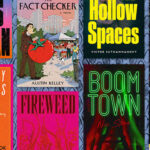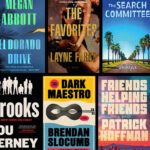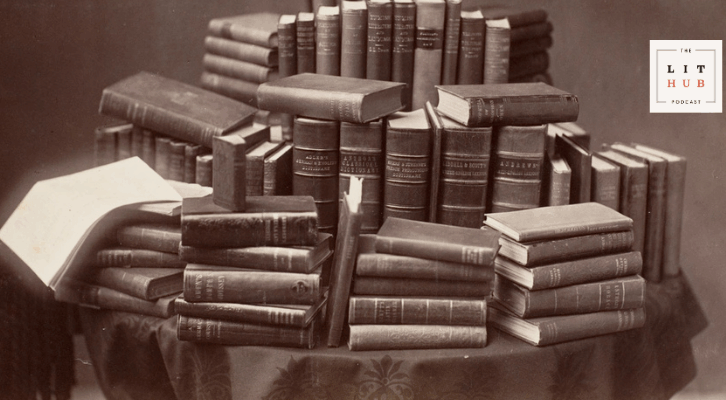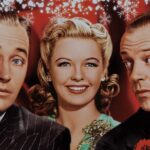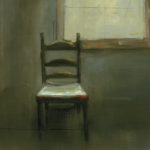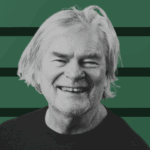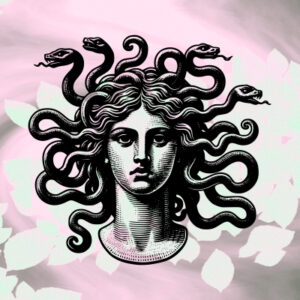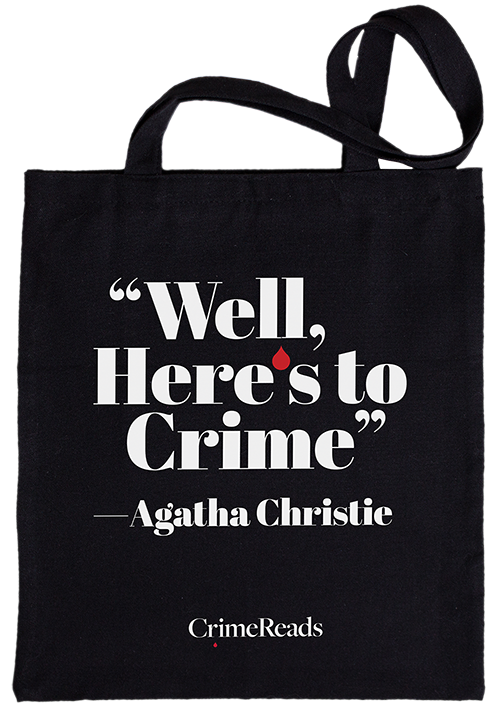I spent many decades in journalism, most of that time for Newsday on Long Island. I covered criminal trials, town beats, and spent several years on the newspaper’s acclaimed Investigations Team.
For most of those years working as a reporter, and later an editor, my goal was to find a crime with enough layers and details that would enable me to write a true-crime book. Like so many journalists, I found In Cold Blood, by Truman Capote, to be a masterpiece of this genre. Could I find something that could even come close to this book?
I found what I was looking for in the 1980s with the murder of Roy Radin, a Southampton, N.Y., businessman who went to Hollywood to produce a movie, got in with a group of cocaine dealers, and was brutally murdered. I covered the Los Angeles Police Department’s investigation into the crime, which led me to another murder in Okeechobee, Florida, and I later covered the trial of the defendants who had murdered Radin.
This produced my first book Bad Company: Drugs, Hollywood and the Cotton Club Murder. At the criminal trial in Los Angeles, I met the Vanity Fair writer, Dominick Dunne. He graciously gave me a wonderful blurb for the book.
The reporting of the book took me to Los Angeles; into the mansion of fabled movie producer Robert Evans; and to Florida, where one of the defendants in Radin’s murder was a suspect in the execution-style murder of her husband.
I was very proud of the book, and hoped, with a lot of research, I could find another true-crime story that would help me continue with this genre. Nonfiction research is hard, and very time consuming. All that work had to be accomplished while I was working full time at Newsday. I wasn’t sure it was possible.
Over the subsequent years, I managed to publish two more nonfiction books, neither in the true-crime genre. Then I found an actual murder to write about – but the idea was to take it, with all its gruesome details, and see if I could turn it into a work of fiction.
In late September 1954, on the first night of the World Series between the New York Giants and the Cleveland Indians, a woman from Lindenhurst, a small village on the South Shore of Long Island, entered a dive joint called the Alcove. She was alone, and had walked from her nearby home. As a historical footnote, that first game in the Series featured “The Catch,” with Willy Mays running down a deep ball to the warning track and catching it.
The next morning, her body was found in a field north of Lindenhurst. She had been brutally murdered and left to bleed to death by her attacker.
Three decades later, in the mid-1980s, I was working the court beat for Newsday in Riverhead, Long Island. One day while waiting for court to begin, an elderly man named Rudolph Hoff was brought into the courtroom in handcuffs and, to everyone’s surprise who was sitting there, he was charged with the 1954 Lindenhurst murder. It was said to be the oldest cold case in New York State when the arrest was made.
Fascinated, I covered the trial every day. On the most shocking day of testimony, Hoff’s ex-wife took the stand. She told a story on the night of the murder that left spectators in the courtroom speechless.
She told the jury she was awakened that night by water running in the bathroom. She opened the bathroom door – and confronted her husband washing blood off his clothes and arms. He ordered her to take the bloody clothes to the basement and wash them.
She did as she was told. Except for one thing: she took the bloody belt, put it in a jar, and buried it in the backyard. Thirty years later, a detective dug it up. Her testimony, and the physical proof, sent Hoff away to an upstate prison for life. He later died in prison.
Before he was shipped upstate, I interviewed Hoff in prison. He, of course, said he was innocent. During the course of that interview, he went off on a tangent that, at the time, I didn’t follow. He kept talking about a man named Richard Hauptmann. He said Hauptmann had been framed for a murder he didn’t commit and executed by the State of New Jersey. Hoff compared himself to Hauptmann as being railroaded by prosecutors. He went on to say his mother was a close friend of Hauptmann’s widow.
Research showed me that Hauptmann was the German immigrant convicted and executed for the kidnapping and murder of the toddler son of Charles Lindbergh, who was taken from the Lindbergh mansion in New Jersey in 1932 on a night when the house was fully occupied. Somehow, the kidnapper knew when the toddler was put to bed, and which room on the second floor was the nursery.
I read a number of books about the case, many of which raised serious questions about the evidence against Hauptmann. Some writers said Hauptmann could not have committed the crime, and they went on to say the state framed Hauptmann in an effort to appease Lindbergh, an American hero.
At some point, as I searched around for another book to write, the idea came to me that there was not enough material for a true-crime book on the Hoff case. There was enough for a long magazine article, which I wrote for Newsday. But a book? I didn’t see how I could pull that off. There were simply too many unanswered questions.
Thus, the idea of fiction: take an actual case, one with many mysterious elements, and tell the story around the character of a fictional detective who had suffered greatly in World War II and came home from a prisoner of war camp in Asia to assume the job as police chief in Lindenhurst.
With fiction, I could answer questions never answered in the trial: why was the case not solved in 1954; what was the background of the murderer; did the murderer and his victim know each other?
Fiction explores truth in a different way. I wanted to see if I could do it, and, at the same time, fully develop the character of the small-town detective who suffers from war-related issues and doesn’t have the skill sets to solve a grisly murder. To help him, I created the character of Doc, an Austrian born physician who suffers from his own Holocaust-related horror. Could they work together to solve this crime – and take the investigation wherever it might lead?
Thus was born The Ruins. After four decades in journalism and nonfiction, moving up to fiction was extraordinarily challenging. In journalism, you explain things; in fiction, explanations bog down the story flow. I had to – literally – change the way I saw stories unfold.
I think it worked. My hope is to be able to continue with this detective with a sequel. Fiction has now become my way of telling a true story.
***

